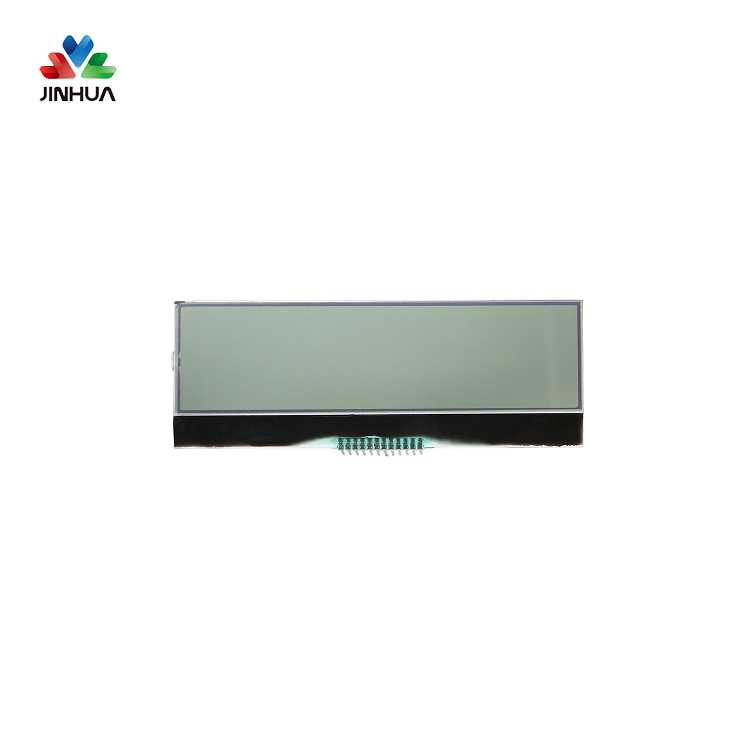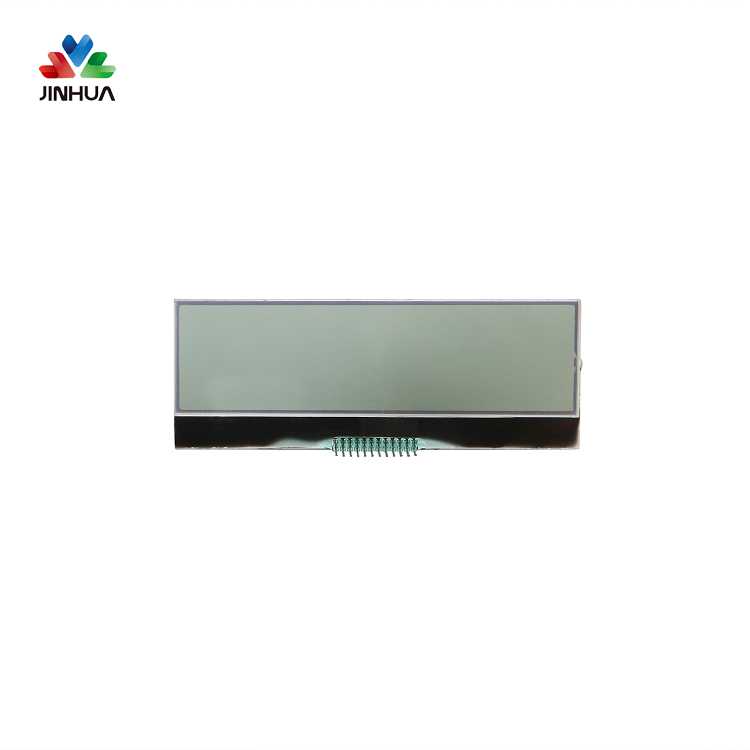Color gamut: OLED wins
In terms of paper parameters, the advantages of OLED in the color gamut are not obvious, mainly due to the introduction of quantum dot technology in LCD panels. Basically the best LG OLED TVs and Samsung's top quantum dot LCD TVs are comparable in color gamut performance.
But usually only the best LCD TVs can compete with OLED TVs, so overall the color gamut performance is better than OLED.
Brightness level: LCD wins
Since LCD TVs usually use a separate backlight, they can generally bring better brightness. In reality, the best LCD and OLED have a difference of about 400NIT in brightness. Generally speaking, LCD dot display is superior in brightness level. You know, higher brightness will make the screen have a better visual effect outdoors or indoors during the day.
HDR
The HDR mode can increase the brightness by 1000 to 10000 NIT, and the OLED TV with HDR function can be comparable to LCD TV in brightness at this time. However, some Sony LCD TVs can increase the brightness to 1000 to 1300 NIT, so in general, LCD TVs are still brighter.
Color uniformity: OLED wins
Whether it is possible to display various colors on a flat surface in a uniform manner is a very important indicator. Because the backlight of the LCD screen usually comes from the edge, so the uniformity of illumination is relatively general. If the backlight can be evenly dispersed behind the screen, then the discrete backlight can bring better results.
On the other hand, OLED performs much better in this regard, because each pixel can emit light by itself, so there is no need for light source diffusion. In real life, even the OLED display is not completely unified, and even flexible OLED appears, but overall it is still better than LCD.
Power consumption: LCD wins
At the same brightness level, LCD consumes less energy than OLED. This is a problem we have to face. For mobile devices, higher brightness means better visibility outdoors, while products such as TVs only need sufficient brightness during the day.
On the other hand, the power consumption of an OLED panel depends on how many pixels there are, so OLED screens with higher resolution consume more power.
Cost efficiency: LCD wins
At present, LCD is the lowest cost display method, but OLED technology is also constantly optimized with continuous progress and the passage of time. The specific cost rate is not yet clear, but the OLED technology continues to improve in the future, and eventually the cost will continue to be optimized and reduced, and it will eventually be comparable to LCD.
Summary: OLED is the best, but still needs development






 English
English Deutsch
Deutsch русский
русский español
español العربية
العربية



 IPv6 network supported
IPv6 network supported
